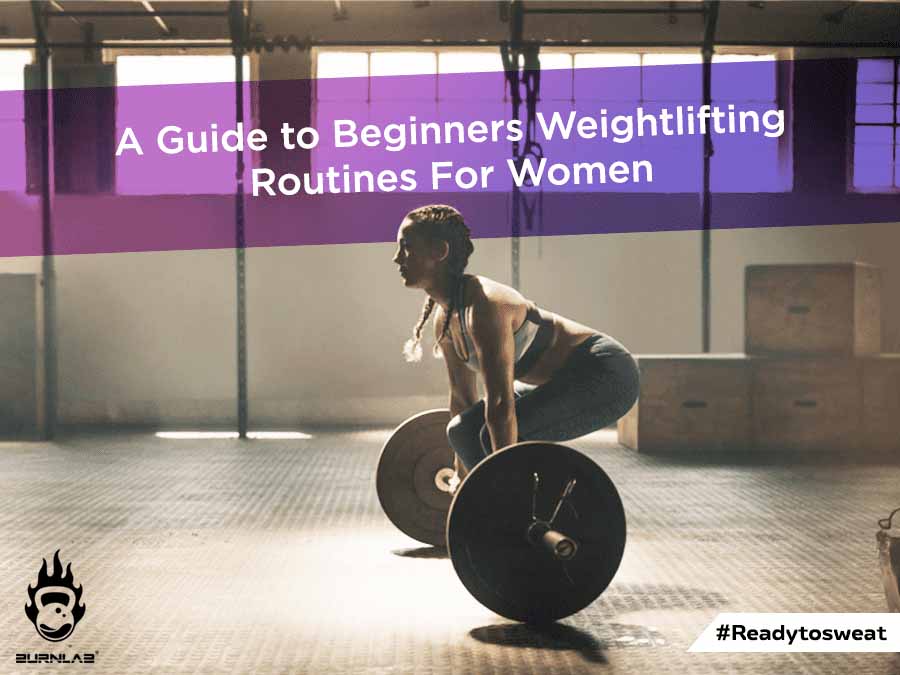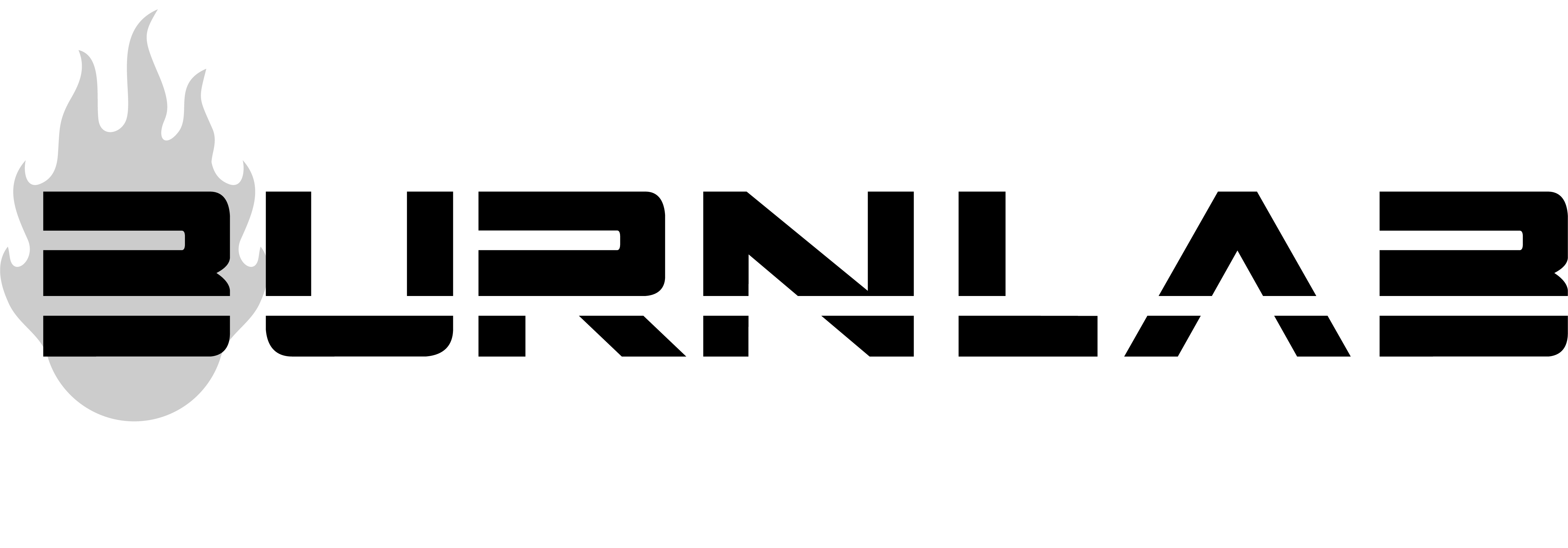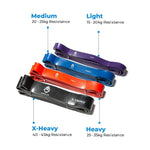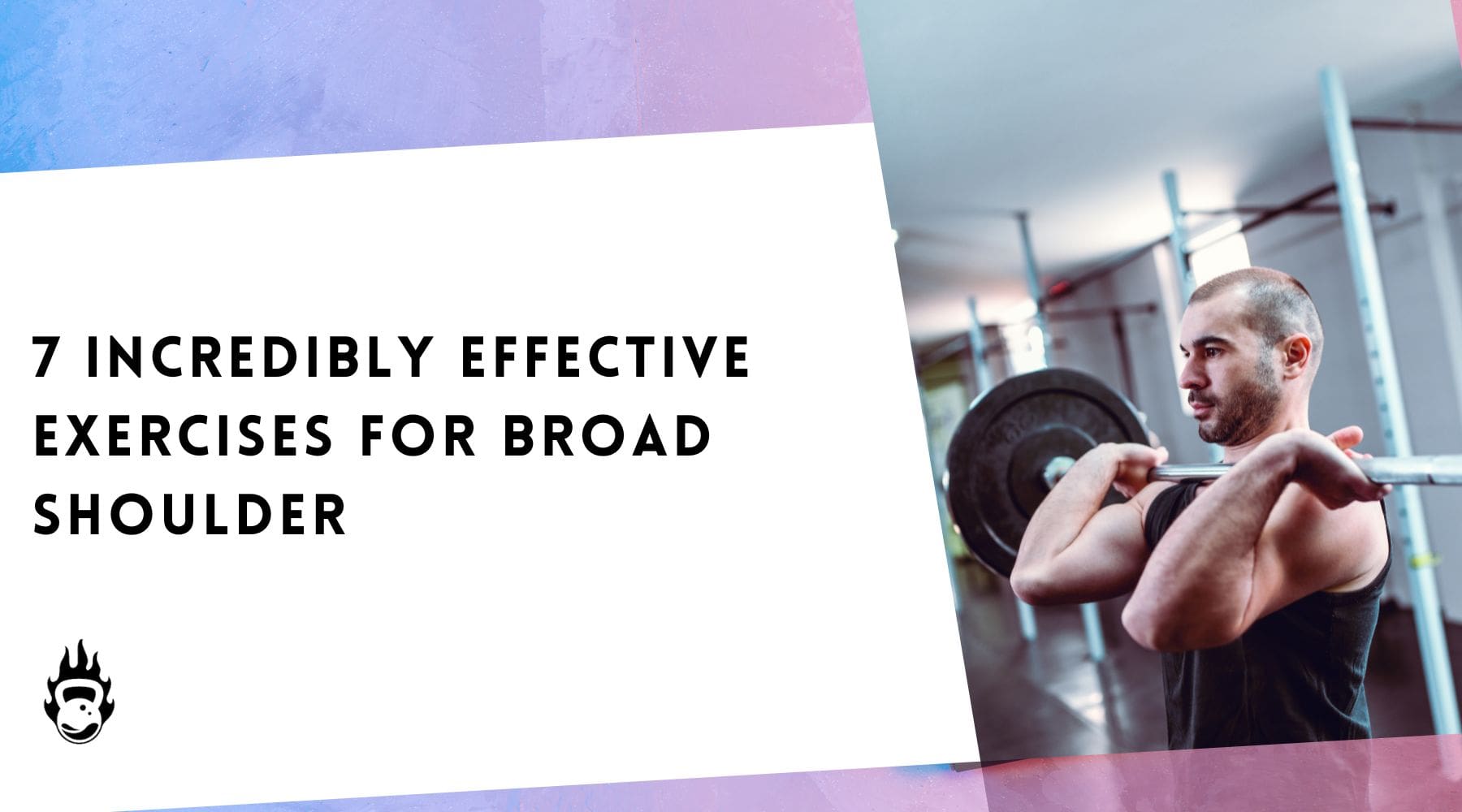A Guide to Beginners Weightlifting Routines For Women

What comes to your mind when you think of weight lifting?
Big muscly men, dripping with sweat, lifting weights that you can never imagine lifting in your wildest dreams?
Time to erase that picture!
Strength training is about training your body to perform day-to-day activities better.
It’s about getting the body that YOU want – be it curvy, toned, lean, or athletic.
It’s about getting stronger and healthier so that you can be the BEST version of yourself.
If weight lifting seems daunting and you are clueless about where to start, you’re at the right place!
In this guide, we’ll cover
- The benefits of strength training for women
- How women beginners can start a weight training program at home
- Female beginners’ weightlifting workout routine
- Strength training tips for female beginners
So grab your dumbbells and let’s go!
What is strength training?
Strength training or resistance training involves using an opposing force to build strength and increase your muscle mass, strength, and endurance.
You could do this with your body weight or with free weights such as dumbbells, kettlebells, resistance bands, and more.
Why is weight training essential for women?
Did you know that we naturally start to lose muscle mass from our 30s? Physically inactive people can even lose around 3% to 5% of their muscle mass each decade after they hit 30!
And do you know what can help prevent that? Yep, you guessed it. STRENGTH TRAINING.
Weight training has a host of other benefits for women too.
1. Burns more calories leading to weight loss
It’s simple, really.
The more muscles you have, the more calories you burn.
When you lift weights, your body consumes stored energy in the form of calories, and your lean muscle mass increases. When this happens, your resting metabolism also follows suit. This is because muscle tissue is metabolically more active than fatty tissue.
So what does this mean? Your body starts burning calories even while you REST!
This is called “afterburn” and it can even last up to 72 hours post-workout!
Burning calories even while resting? Now that there is some serious motivation to pick up those dumbbells!
2. Is heart-friendly
Turns out cardio exercise isn’t the only thing good for your heart.
As per the results of a recent study, it was found that people who engaged in at least 1 hour of strength training per week, had a 40 to 70 percent lower risk of heart attack or stroke versus those who didn’t.
Resistance training can also help lower bad cholesterol, increase good cholesterol, and reduce blood pressure.
3. Is great for your overall health
Weight training can reduce your risk of diabetes, osteoporosis, and alleviate symptoms of fibromyalgia and arthritis.
It can also increase bone density, strengthens your joints, enhance sleep quality, and ease lower back pain.
4. Supports you in your daily activities
When you weight train, you’re mimicking a lot of everyday functional movement patterns.
So, when you perform say, squats and deadlifts, you’re training your body to make everyday activities easier – think picking up a grocery bag or pushing a heavy object.
5. Improves your mental health
Want to feel like a real badass? Try lifting a heavy barbell or mastering a pull-up!
There are tons of women who report feeling more confident and capable of handling challenging situations as a result of their strength training program.
Strength training can also ward off symptoms of depression and lift that bad mood.
How can you start a weight training program at home?
As a beginner working out at home, bodyweight exercises are the best way to start.
You need to first master using your body weight to build strength before you start busting those weights. Think pull-ups, push-ups, squats, and lunges.
As you progress, try more advanced variations of the same exercises to get stronger. These could be anything from shoulder-tap push-ups to one-legged squats.
You could also make your moves more challenging by
- Increasing your range of motion (elevating your front foot in a split squat)
- Slowing down the eccentric part of the move (pausing at the bottom of a squat, for example)
- Incorporating supersets in your workout
What equipment can you buy for strength training home workouts?
Once you’ve mastered your bodyweight exercises, it’s time to challenge your body with additional resistance. And that’s where gym equipment comes into the picture.
We recommend investing in a few basics including dumbbells, and resistance bands.
You could buy a light set (1kg), a medium set (5 kg), and a heavy set (10 to 15 kg) to begin with. Or a set of adjustable dumbbells that’ll work out cheaper in the long run.
Weight lifting at the gym
At the gym, you’ll have plenty of equipment for resistance training including
- Smith machine
- Lat pull-down machine
- Seated row machine
- Gym bench
- Leg press machine
Please enlist the help of a personal trainer to figure out the best workout plan that’ll help you achieve your fitness goals.
Strength training tips for female beginners
1. Start with a quick and easy program.
There are 2 ways to do this.
You could target all your major muscle groups during all your workouts or focus on particular muscle groups on specific days.
Choose 3 non-consecutive days a week for your workouts, so you get enough rest in between successive sessions.
For each exercise, aim to do 2-3 sets of 8-12 reps. Eventually, you can work your way up with more sets, more reps, or heavier weights.
2. Set up for success
- Create a designated workout space in your home for your weight lifting routines.
- Keep all your equipment handy.
- Block out a chunk of time in your calendar at least thrice a week.
- And finally, queue up an adrenaline-pumping playlist that’ll get your body moving.
3. Select the right amount of weights
There is no one-size-fits-all weight that you can start with. It all depends on your strength, the exercise type, and how many sets and reps you want to do.
The “right” weight would not be so light that you can complete an entire set without much effort, but not so heavy that it feels strenuous and you’re compromising your form.
So if you’re aiming for 12 reps, your first 10 reps should be challenging yet comfortable to perform, while your last 2 reps should be a bit of a struggle.
4. Use proper form
Nothing can be worse than using poor form in your weight lifting.
You wouldn’t be hitting your targeted muscle groups, you would be inefficient, and worst of all, you could seriously injure yourself (think hernias, sprains, etc.).
So,
- Concentrate on your posture (chest lifted, abs squeezed in)
- Move slowly so that it’s your muscles and not the momentum doing the lifting
- Exhale during the toughest part of the exercise to fire up your movement. For instance, during a bicep curl, exhale as you raise the weight and inhale as you lower.
For more helpful tips on maintaining your form, check out Youtube tutorials, or get help from virtual personal trainers.
5. Prep before each session
You can’t crank out 15 chest presses with your tummy rumbling, right? And you most certainly can’t do it, without loosening up your muscles, i.e. a warm-up.
So, grab a carb-focused snack, say, a banana or some peanut-butter toast, an hour before your workout.
For your warm-up, you could run in place, do inchworms, a few jumping jacks, donkey kicks, or even 5 minutes of jump rope. Anything to get the heart pumping and the blood flowing!
Related: The Best Exercise and Diet Plans for Home Workout Beginners
6. Don’t forget to rest between sets
Why?
Cause that’s what prevents muscle fatigue and gets your muscles ready for the next set.
A good rule to follow is the 1:2 ratio of exercise to recovery. So if it takes you 15 seconds to do 12 reps, you should take a 30-sec break before your next set. You might even need a 1:3 ratio as you progress to heavier weights.
7. Stick to 30-45 minute workouts
As a beginner, anything more than 45 minutes could only cause you to throw in the towel too early.
Overexercise can also lead to burnout, injuries, insomnia, and a weakened immune system. And those are things you definitely don’t want!
8. Stretch and cool down after every session
If you think post-workout stretching is a waste of time, you couldn’t be more wrong!
Stretching helps increase your joint flexibility, lower your chances of injury, bring your body back to a normal state, reduce stress and muscle tension, and prevent muscle stiffness and soreness.
Hamstring stretch, lunging hip flexor stretch, quad stretch, and standing calf stretch are a few great cool-down exercises that you can try.
9. Focus on all major muscle groups
3 days a week of only glutes and core exercises? That’s a big NO!
Ensure that you have a good balance between lower and upper body strength training workouts that target all major muscle groups including arms, chest, shoulders, core, and back.
10. Take rest days
Ensure you take at least a day of rest between successive weight training sessions. This will give your muscles a chance to repair, recover, and grow stronger.
Alternatively, you could focus on cardio and active recovery activities such as walking, yoga, etc. for a well-rounded exercise routine.
11. Keep track of your progress
When you start, make a note of the number of reps and sets, and also the weight you use for every exercise. A Fitness app or a fitness journal is a good way to go about this.
So the next time you work out, you can take a look at how much you did and slowly keep increasing the weights, sets, or reps or even slow the tempo down.
Challenge yourself until you hit those goals, baby!
Weightlifting home-workout routine for beginner women
Here is a beginner weightlifting workout plan that you can try right at home.
This is a 3-days-a-week-workout that will target your chest, shoulders, arms, back, core, and legs.
Please note:
- Perform each exercise for 3 sets of 12 reps.
- Take a 30-second break between sets.
- Choose appropriate weights and increase gradually.

Monday: Chest, shoulders, and core
Chest:
Dumbbell floor chest press
Standing dumbbell upward fly
Flat Bench Flys
Push-ups
Shoulders:
Shoulder Press standing
Dumbbell rear delt fly
Dumbbell Lateral raise
Dumbbell Front Raises
Core:
Plank
Wednesday: Back, biceps, and core
Back:
Romanian deadlift
Seated Rowing with resistance bands
Resistance band reverse fly
Bent over rows with resistance bands
Biceps:
Bicep Curl
Resistance band Hammer Curl
Cross-Body Hammer Curl
Seated Resistance Band Biceps Curl
Core:
Flutter kicks
Friday: Legs, triceps, and core
Legs:
Banded Squats
Single-Leg Deadlift
Walking Lunges
Bulgarian split squat
Triceps:
Overhead triceps extension
Bent over tricep Extension
Triceps dips
Triceps pull-aparts
Core:
Mountain climbers
`
Final thoughts
Armed with this strength training guide, we hope you now have the confidence to pick up those weights and step into a better, healthier lifestyle.
About Burnlab
Burnlab is a company by fitness lovers for fitness lovers and enthusiasts.
Burnlab provides premium, reliable, best-in-category, quality workout gear that is curated for performance, the right function, and body support at affordable prices.
We carry products across various categories in fitness.
Jump ropes, gym gloves, resistance bands and tubes, yoga mats and accessories, ab rollers…You name it, we got it!
Want to take a closer look at our products? Visit our website today!








Leave a comment